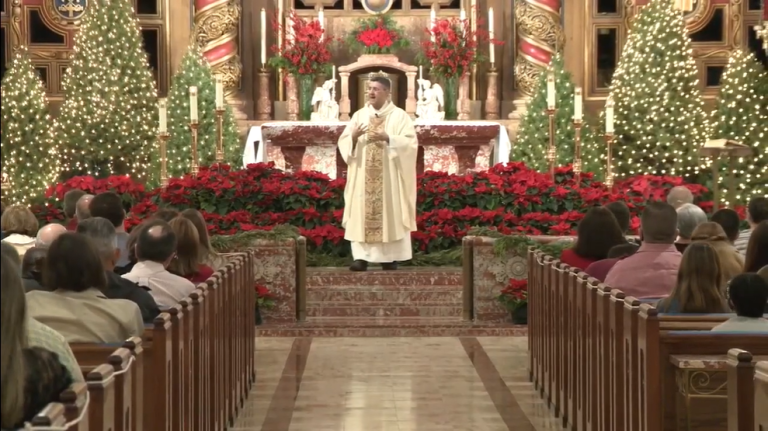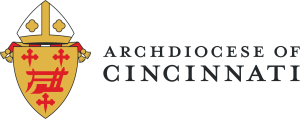I’ve written quite a bit in this space about my journey as a disciple. For example, I’ve written about the time I used a compliment on my beard as an opening to invite someone to my parish (July 2018). I’ve mentioned the faith conversations I get into on Ash Wednesday because of my dirty forehead (March 2019), and the prophetic word I shared with a friend (September 2019). I’ve told stories of praying over my son for healing (January 2020) and praying with my family every night at bedtime (July 2020).
You might assume, based on all this, that I habitually seize the moment. When I was a parish DRE, people would assume this all the time. They saw the bible studies, RCIA sessions, retreats, and answers to Catholic questions in the weekly bulletin and they assumed, “Nick must pray, like, 10 times a day.” “Surely he is an evangelist in our midst.”
It wasn’t true. It’s still not.
Catholic Imposter Syndrome
Of course, other people didn’t know that, but I did. I walked around with the reality of my spiritual situation every day. The fact is, I didn’t pray as often as I should. I wasn’t that holy. I didn’t always seize the moment, not even most of the time.
As a result, I was convinced for many years that I was an imposter, like the “false apostle” about whom St. Paul wrote so forcefully (see 2 Corinthians 11:12-15). How could I not be? After all, I had fooled everyone into believing I was an authentic Catholic when in reality I was not.
Or so I thought.
The Ups and Downs of Discipleship
Eventually I realized that the “Nicholas as Con Man” narrative is a lie – one Satan tells to keep me from progressing as a disciple. The truth came when I finally learned more about the path of discipleship.
In her book, Forming Intentional Disciples, Sherry Weddell presents the path that leads to a commitment to follow Jesus as a disciple. An apostolate called The Evangelical Catholic outlines the path one follows after becoming a disciple, which culminates in missionary discipleship.
While, in both cases, their explanations of the discipleship path were deeply informative, what helped me the most was their appreciation for how messy it all is. You can progress quickly or slowly. You can get stuck on a stage or revert back to a previous one. You can pass through every stage in the process of discerning the call to discipleship, and then pass through them all again in the process of discerning a different call (for example, the call to be on mission, or the call to live a certain vocation).
What this means is that an “authentic Catholic” is not one who gets it right all the time. Everyone is at a different stage in the process. Everyone is working out what it means to be a disciple. It takes work to continue on this journey. It’s imperfect and it’s not always easy.
So Who Are You?
Yea, I don’t always get it right, but sometimes I do. So, am I a disciple or am I not? Are you a disciple or are you not?
I’m convinced now that if you’ve made the decision to know and follow Jesus, then that’s that – you’re a disciple. That doesn’t mean you don’t have work to do. There’s always room to grow in fidelity to the call of Jesus. But, if you see a homeless person and you keep on walking, that doesn’t mean you suddenly cease to be a disciple. It means you’re a disciple who didn’t get it right that time. The task then is to make sure you get it right the next time.
That’s what a disciple does.
Of course, if you’re still unsure, ask Jesus. He will tell you who you are and where He wants you to be. Satan is the con man, not the Christian who keeps on trying.
Nicholas Hardesty




